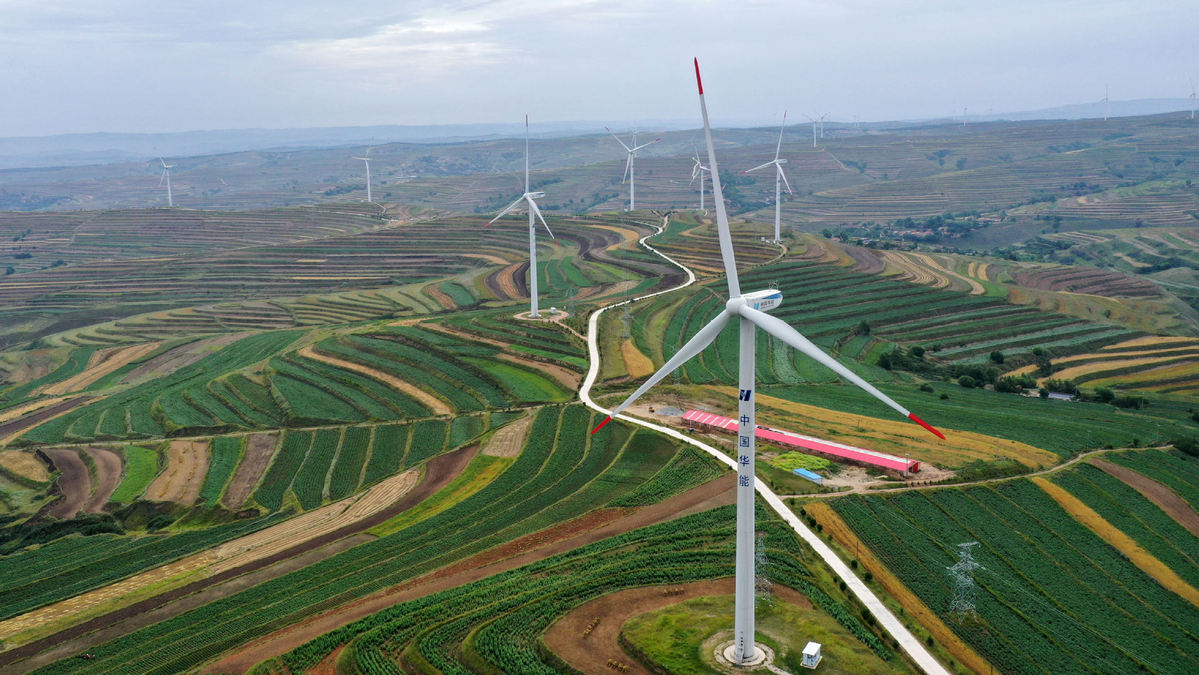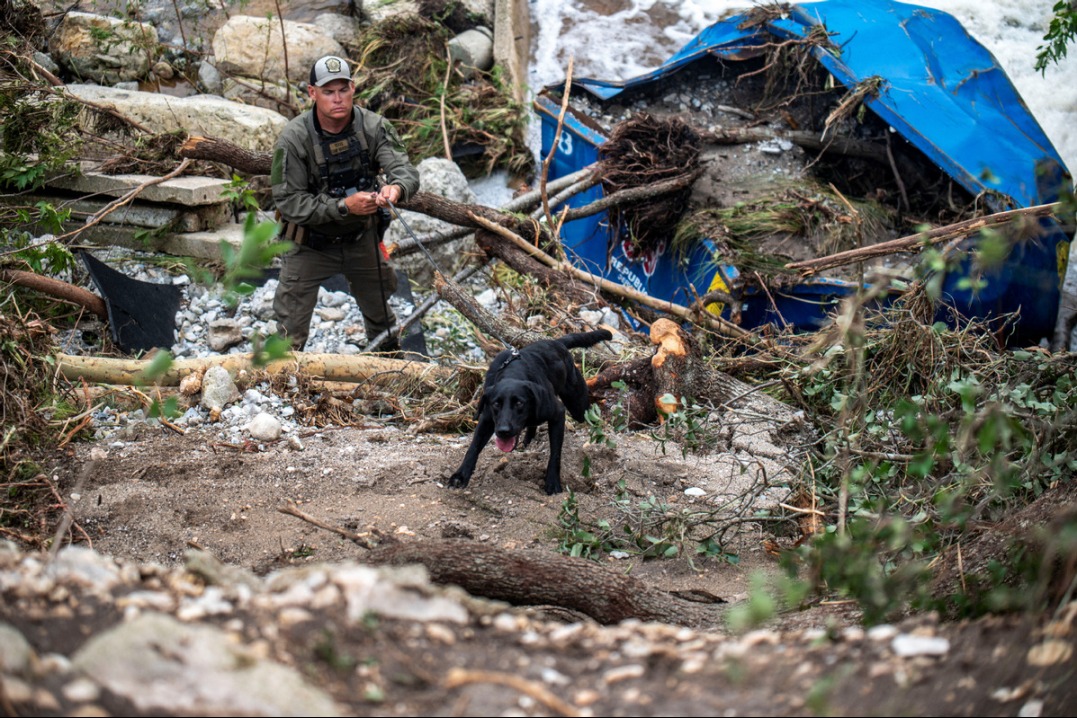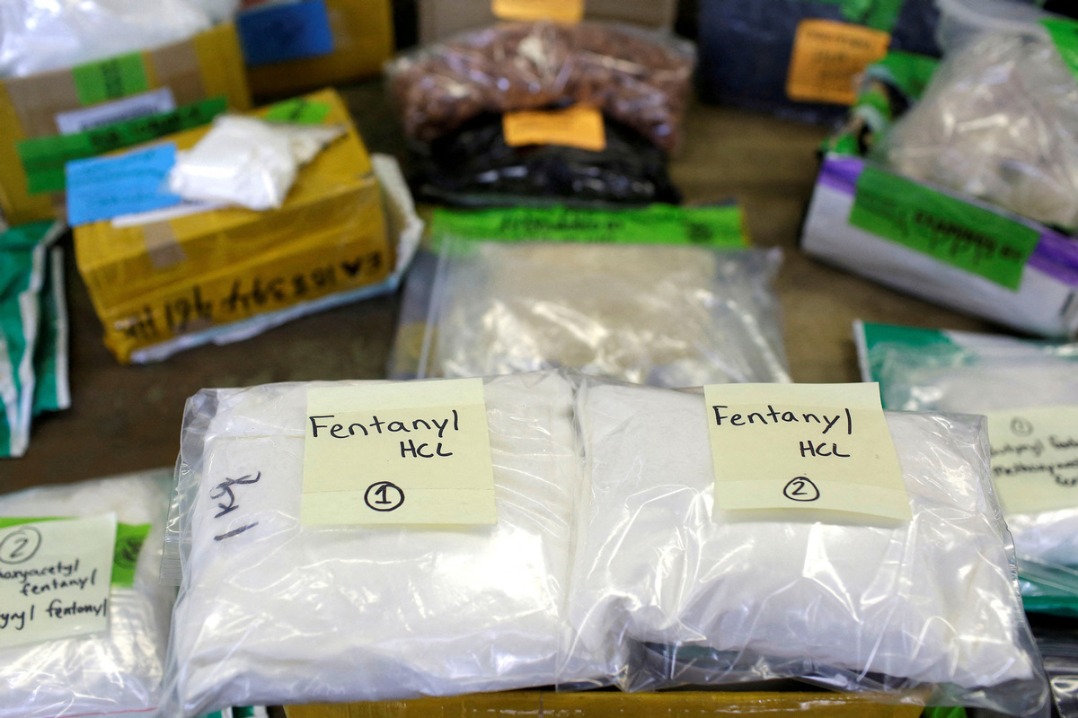An outside-the-box plan to fight climate change


The recent eruption of the Hunga volcano about 30 kilometers southeast of Tonga's Fonuafo'ou island raised the eyebrows of climate scientists around the globe. The volcano sent hundreds of thousands of tons of sulfur dioxide into the atmosphere, which can have a cooling effect on Earth.
We have seen this before. The eruption of Mount Pinatubo in the Philippines in 1991 was by far the largest volcanic eruption to affect a densely populated area in the 20th century. Producing avalanches of hot ash and gas, the eruption killed hundreds of people, displaced hundreds of thousands of others, and damaged thousands of homes.
As well as causing devastation, the volcano also affected the climate. Its eruption injected enough sulfur dioxide into the stratosphere to temporarily reduce the amount of sunlight reaching Earth's surface by about 2.5 percent. As a result, temperatures around the globe dropped by an average of more than half of a degree Celsius over the following 18 months.
While it is unlikely that the volcano eruption in Tonga in January was strong enough to have a significant cooling effect, some scientists in a world concerned with global warming are wondering whether or not they could mimic a volcano's effect on the climate-cooling the world at a very low cost and without the carnage-with so called geo-engineering.
It can be done with something called stratospheric aerosol injection, which involves spraying tiny particles such as sulfur dioxide into the upper layer of the atmosphere to act as a thin reflective barrier against incoming sunlight.
Scientists have come up with a number of proposed delivery mechanisms to get the sulfur dioxide where it needs to go-from powerful artillery guns and long pipes suspended by high-altitude balloons to aircraft that disperse particles as they fly.
The idea of pumping sulfur dioxide into the upper layers of the atmosphere understandably worries many people. Some worry that darkening the sky in one hemisphere would have huge, unpredictable effects on tropical climate patterns, and perhaps lead to more droughts in the Sahel region. Others fear that it will hamper photosynthesis. But scientists are investigating other geo-engineering options, too.
Obviously, there is a lot that we do not yet know about this technology and how it would work on a planetary scale. But there are reasons why we should start researching geo-engineering technologies.
Crucially, it is the only known approach that allows us to make dramatic cuts in global temperature at low cost. Research by Copenhagen Consensus shows that just $9 billion spent building 1,900 seawater spraying boats could prevent all of the temperature increase projected in this century. This is a tantalizing possibility when we consider the $60 trillion in damages that unmitigated global warming would cause in this century.
Moreover, geo-engineering would allow us to change the global average temperature very quickly. Any standard fossil fuel-cutting policy will take decades to implement and half a century to have any noticeable climate impact. Instead, just like Mount Pinatubo, geo-engineering can literally reduce temperatures in a matter of weeks.
Geo-engineering is the only way to halt warming quickly. Potential pitfalls are clear, but if we were faced with a genuine catastrophe-which many climate alarmists don't grow tired of claiming-we would certainly want this option available.
Of course, just avoiding the temperature rise wouldn't solve every climate change-related problem. But remember, no realistic climate policy promises to solve all (or even most) climate change problems.
If geo-engineering could avoid a significant fraction of expected climate change damage with few or no side effects, it would be a phenomenally useful intervention for humanity.
Indeed, given that today we're contemplating carbon-reduction policies that will cost trillions of dollars yet do little to help, paying just $9 billion to fix a significant part of the climate change problem would leave an enormous amount of money available to do good in other ways.
Some researchers insist we shouldn't even investigate geo-engineering, because it poses unacceptable risks. But we'll never know if we don't investigate. And because geo-engineering is so cheap, there is a large risk someone-a single country, a lone billionaire or even a determined NGO-would try it anyway. We certainly want everyone to have the full picture before that happens.
We should not commence geo-engineering now, since the technology is not ready and we don't yet know enough about it. But we simply cannot afford to not research it. It might just prove to be Earth's best backup plan.
The author is the president of the Copenhagen Consensus.
The views don't necessarily reflect those of China Daily.
If you have a specific expertise, or would like to share your thought about our stories, then send us your writings at opinion@chinadaily.com.cn, and comment@chinadaily.com.cn.


































